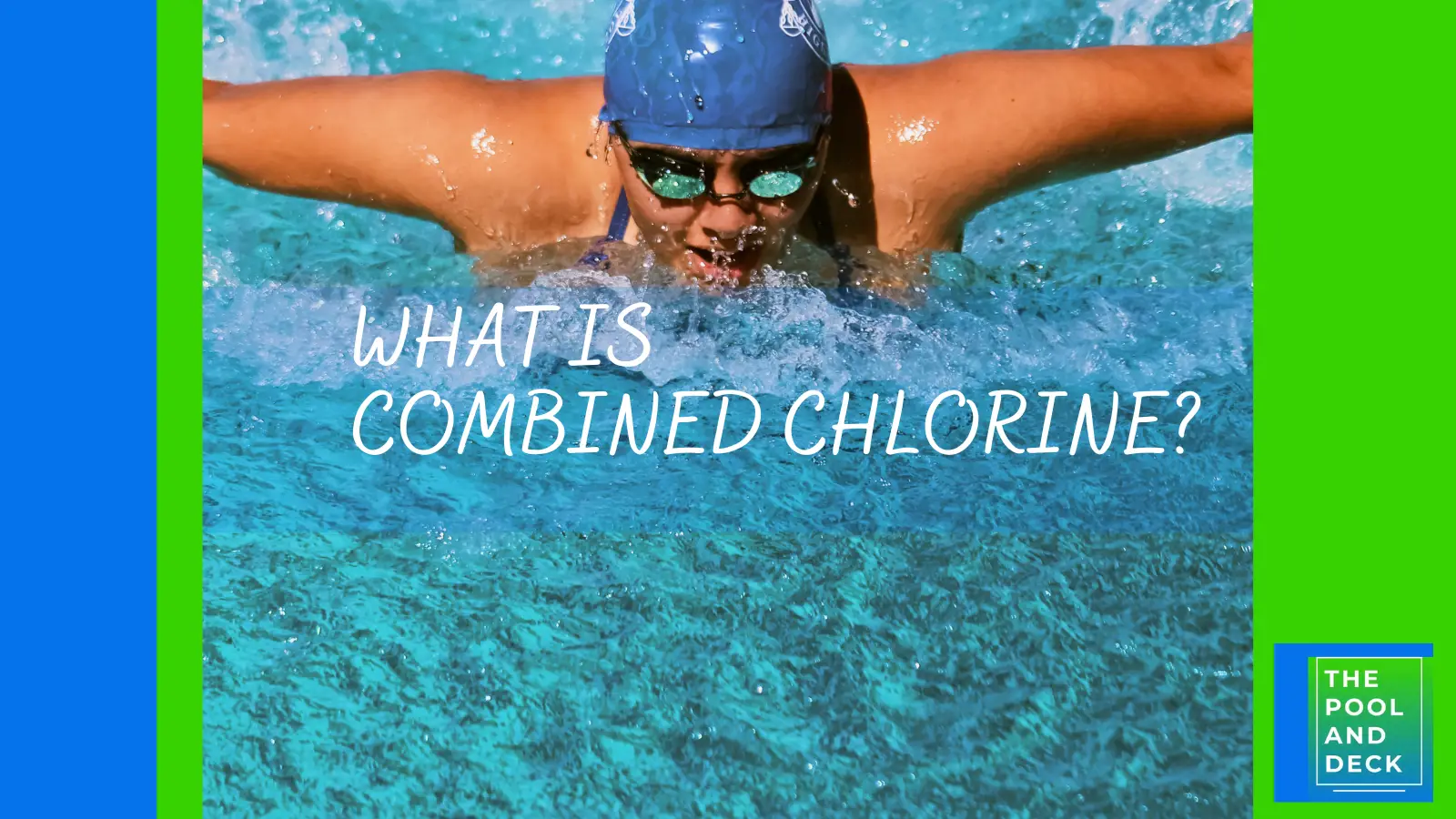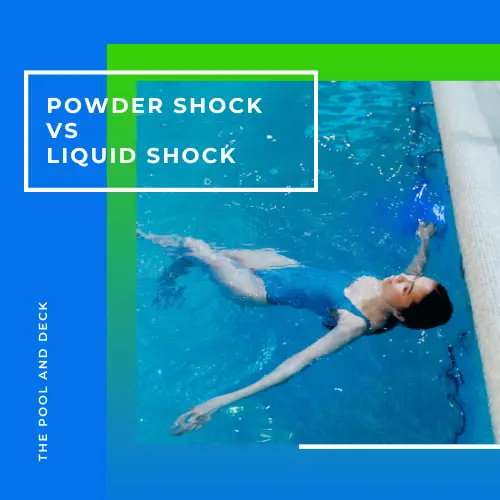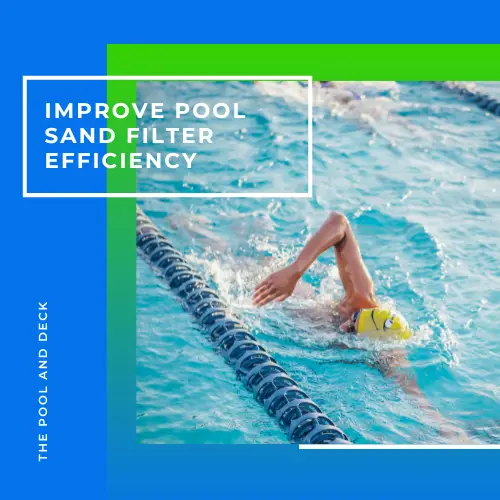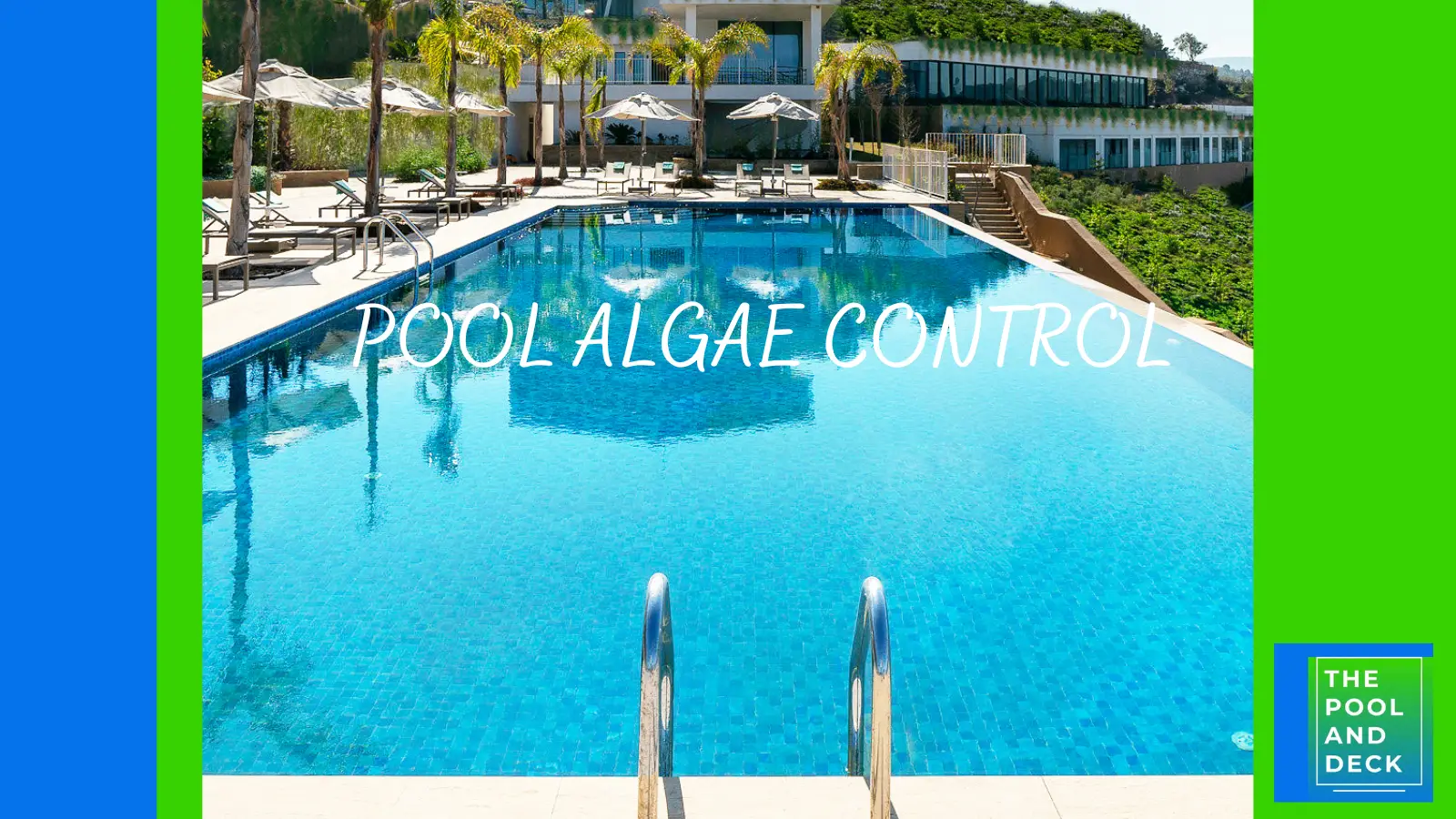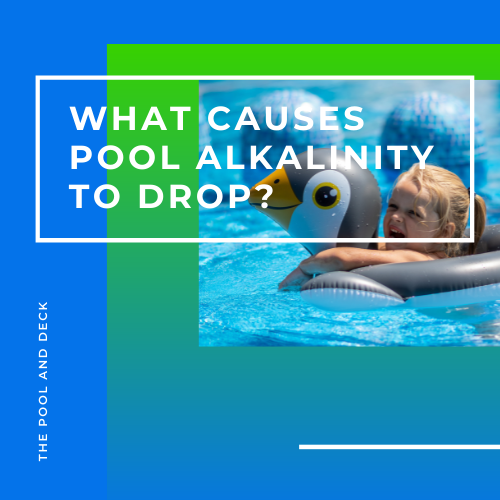Adding Muriatic Acid to Pool: Safety Guideline & Dose Calculator for 2024!
thepoolanddeck.com is a participant in the Amazon Services LLC Associates Program, an affiliate advertising program designed to provide a means for sites to earn advertising fees by advertising and linking to Amazon.com . The website is also an affiliate of a few other brands. The affiliate links never increase your purchase price. We do appreciate your support. Thank you very much!
In pool maintenance, managing pH and alkalinity is quite challenging. Adding Muriatic Acid to pool to lower pH is usually an important part of the process of lowering pH.
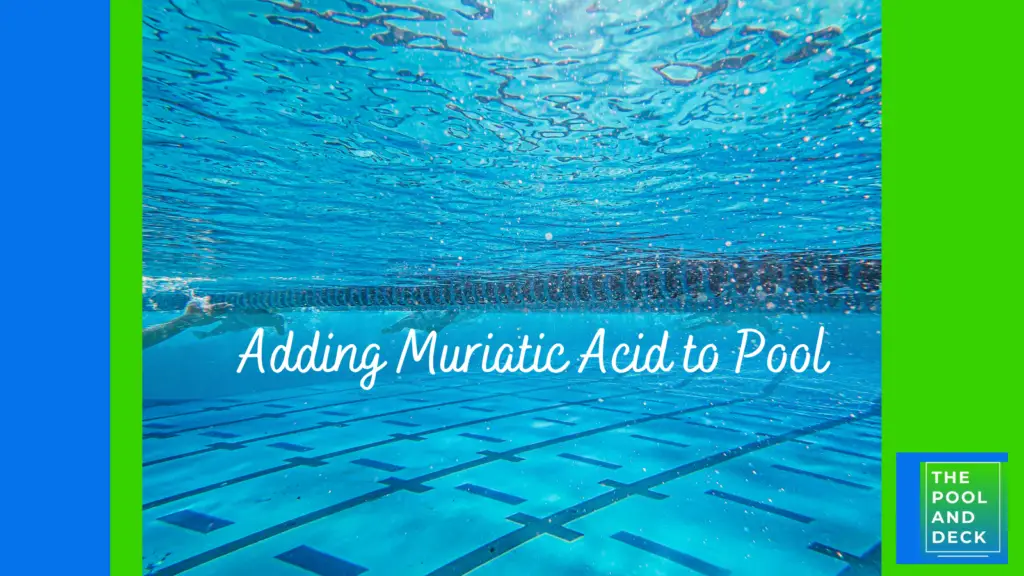
However, I must say, the whole process is a bit complicated and a deep understanding of the pH & Total Alkalinity (TA) relationship and the role of adding muriatic acid to pool safely and correctly is of paramount importance, especially for new pool owners.
So, let’s start off by
Table of Contents
Understanding Muriatic Acid
Muriatic acid, also known as hydrochloric acid, is a potent and hazardous chemical used in pool maintenance to lower pH (potential of Hydrogen).
What is pH?
pH is a measure of how acidic the pool water is. It’s measured on a scale from 0 to 14, with 7 being neutral. The lower the number the more acidic your pool water.
Remember that the pH scale is logarithmic. Sorry for a bit of jargon, but all it means is that water with a pH of 5 is 10X more acidic than water with a pH of 6.
The recommended pH range for a pool is typically between 7.2 and 7.8. This range ensures that your pool is safe for swimming, optimizes the effectiveness of the chlorine, and helps keep your pool clean and clear.
The ideal range would be between 7.4 and 7.6.
High pH levels can cause scaling on pool surfaces and equipment, cloudy water, and reduced effectiveness of chlorine.
On the other hand, low pH levels can corrode pool surfaces and equipment, irritate swimmers’ skin and eyes, and decrease the effectiveness of chlorine.
Therefore, by using muriatic acid to adjust pH levels, pool owners can ensure a safe and comfortable swimming environment for themselves and their guests.
Muriatic Acid Dose Calculator
Please feel free to use the Muriatic Acid Dose Calculator below. Enter the Existing pH Level and the Pool Water Volume (Gallons) to get the Muriatic Acid Dose (oz) to bring the pH Level to a healthy 7.5.
Muriatic Acid Calculator for Pool
Adding Muriatic Acid to Pool to Reduce pH Level
The step-by-step process of adding muriatic acid to pool to reduce pH level is as follows:
Addressing high pH in your pool requires adjustment of alkalinity first.
Total Alkalinity (TA) is a pH buffer. Before you can lower pH by adding muriatic acid to pool, you must adjust TA to be within 80 – 120 ppm.
Step 1: Test the Water
Use test strips or a kit to measure pH and alkalinity levels. Ideal ranges are pH 7.4-7.6 and alkalinity 80-120 ppm. Calculate chemical quantities based on test results.
Recommended Chemical Test Kit
Taylor K-2005 Complete DPD 9-in-1 Test Kit
Tests for free & total chlorine, bromine, pH, total alkalinity, total hardness, and cyanuric acid (CYA) levels.
Step 2: Adjust Alkalinity
In case Total Alkalinity is low you will need to raise alkalinity by adding baking soda which raises alkalinity without affecting pH.
Recommended Baking Soda
America’s #1 Baking Soda Brand. Raises the total alkalinity level to ensure healthy swimming pool water. Helps prolong the life of pool surfaces and equipment.
In case Total Alkalinity (TA) is high you can proceed with adding Muriatic Acid as in Step 3 as that will lower both TA and pH.
Step 3: Wait and Test
After adjusting alkalinity, wait and re-test pH. If still high, add muriatic acid cautiously, following safety guidelines. Distribute evenly while the pump runs on “recirculate.”
Recommended Muriatic Acid
Acid Blue Muriatic Acid by CPDI
Vapor Reduction Technology reduces up to 90% of harmful vapors compared to standard muriatic acid.
Step 4: Monitor and Repeat
Wait, re-test, and repeat Steps 2 and 3 if needed until pH and alkalinity are within range.
Step 5: Pool Monitoring
Regularly test and adjust chemicals to maintain proper balance, including chlorine, calcium, and cyanuric acid. Monitor weekly to ensure levels stay optimal.
Is Adding Muriatic Acid to Pool Safe?
Muriatic Acid is, well, an acid and has to be handled with care. Here are some safety guidelines to follow:
- Wear Proper Protective Equipment: Always wear eye protection, acid-resistant gloves, and clothing that covers your skin completely when handling muriatic acid.
- Dilute in Water: Dilute muriatic acid in water before adding it to the pool. Never add water to acid, as it could cause dangerous reactions.
- Use Acid-Resistant Container: Always use an acid-resistant plastic container to mix and store diluted acid.
- Store Safely: Store muriatic acid in its original container, away from other chemicals, in a cool, dry place.
- Have Safety Measures in Place: Keep a hose or water source nearby to wash off skin in case of accidental contact. Use baking soda to neutralize any spilled acid and clean up the area promptly.
- Handle with Care: Always handle muriatic acid with caution to avoid skin burns, eye damage, and respiratory issues. Work in well-ventilated areas to minimize inhalation risks.
Muriatic acid, while a potent chemical, can be safely used in pool maintenance when handled correctly.
How to Safely Clean Your Filter with Muriatic Acid
Cleaning your pool cartridge filter or DE filter grid with muriatic acid is a straightforward process, but safety precautions must be followed.
- Prepare Diluted Solution: Mix muriatic acid with water in a well-ventilated area, using a ratio of 1 part acid to 20 parts water.
- Turn Off Equipment: Shut off the pool pump and filtration system before beginning the cleaning process to prevent accidents.
- Apply Acid Solution: Pour the diluted acid solution into a large plastic container and submerge the filter elements or cartridges. Allow them to soak for 15-30 minutes to dissolve built-up debris and calcium deposits.
- Rinse Thoroughly: After soaking, rinse the filter elements or cartridges with clean water to remove any remaining acid residue.
- Dispose of Solution Safely: Dispose of the used acid solution according to local regulations, avoiding contact with skin or eyes.
Thank you very much for reading the post. I do hope you found it informative and helpful.




